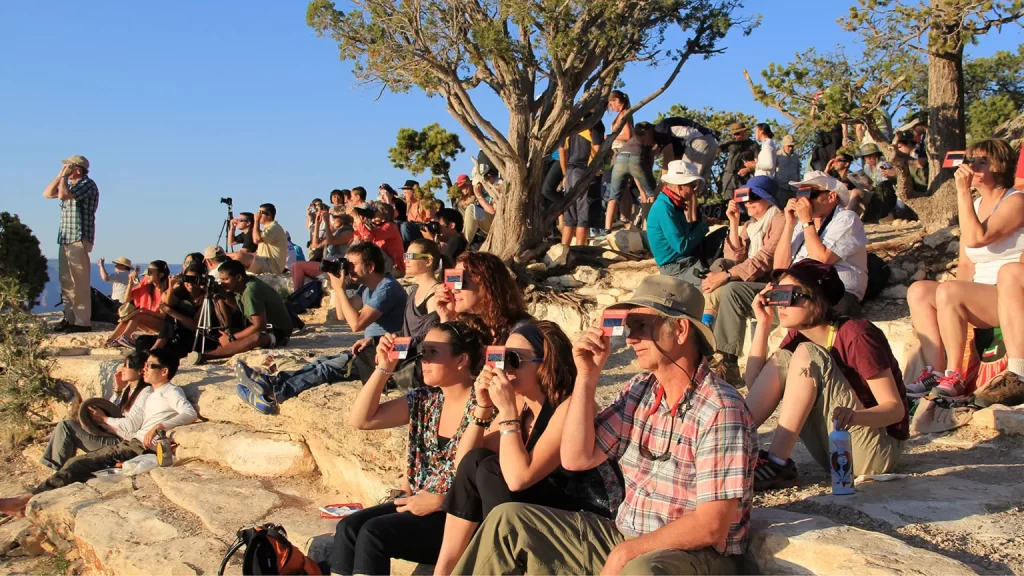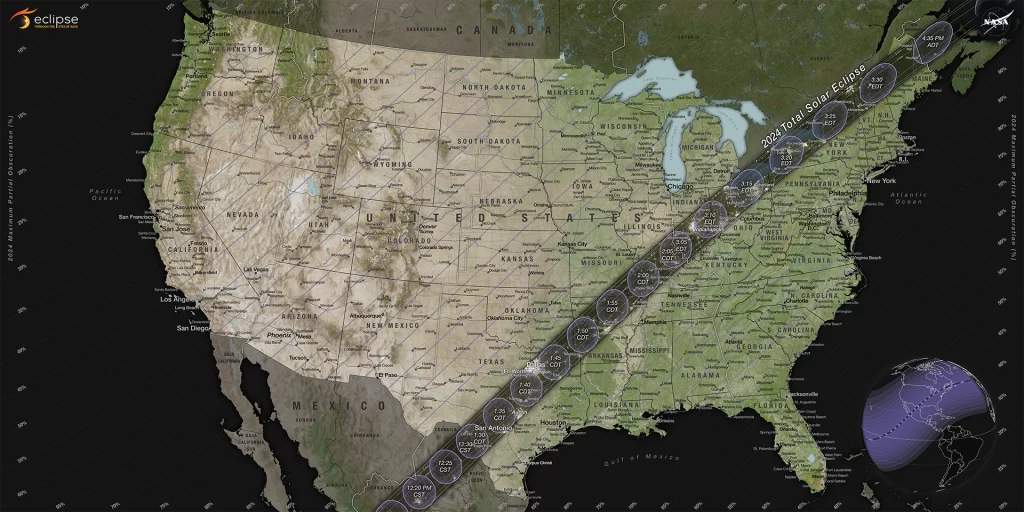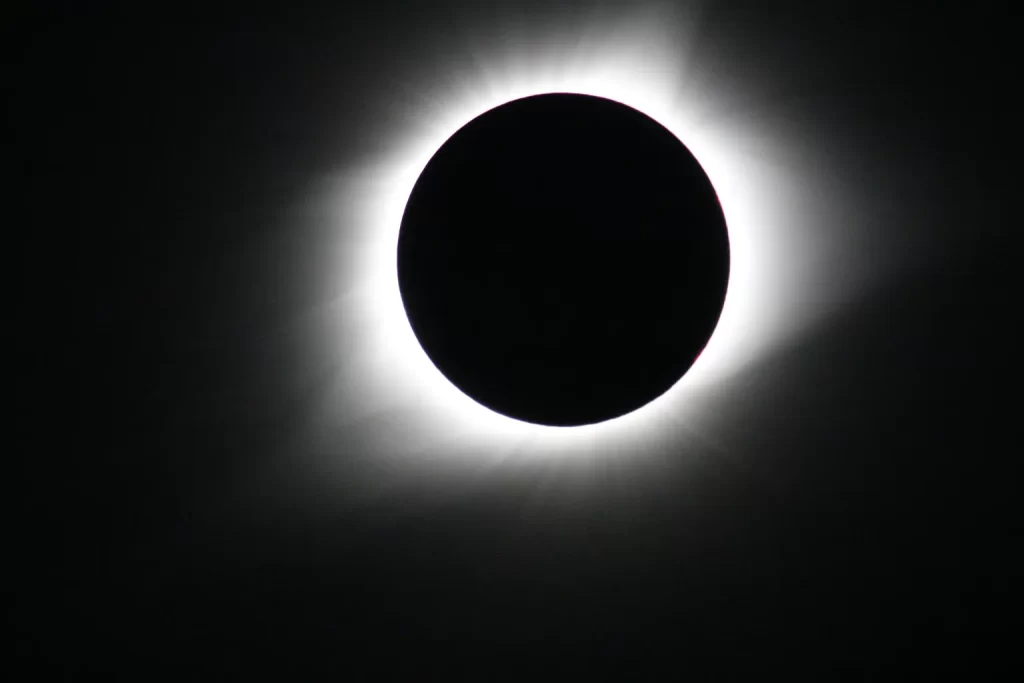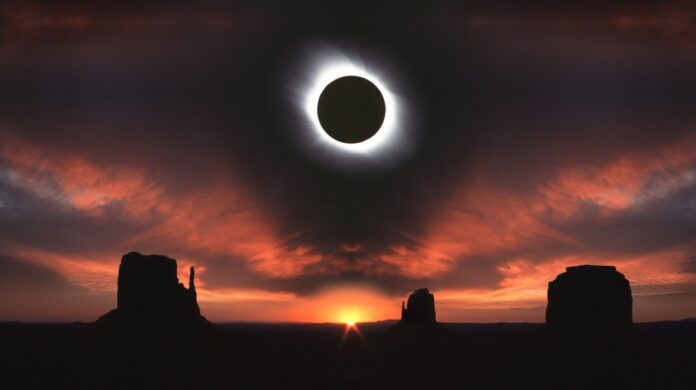Countdown to a Celestial Marvel
The cosmos is set to dazzle skywatchers across North America as a total solar eclipse takes center stage on April 8, 2024. Both astronomy enthusiasts and scientists eagerly anticipate this rare celestial event, promising a breathtaking display of nature’s grandeur.
Scheduled to occur during the afternoon and early evening hours, the eclipse will cast a shadow across a vast region of North America, giving viewers in select locations a rare opportunity to witness the solar corona shimmering in a darkened sky.

Where Will the Total Solar Eclipse Be Visible?
The path of totality—where the Sun will be completely obscured by the Moon—will stretch across several U.S. states, including Texas, Oklahoma, Arkansas, Missouri, Illinois, Kentucky, Indiana, Ohio, Pennsylvania, New York, Vermont, New Hampshire, and Maine.
Cities along this path, such as Dallas, Indianapolis, Cleveland, and Buffalo, will experience the awe-inspiring moment when day briefly turns into night.
For those outside the path of totality, a partial solar eclipse will still be visible across the contiguous United States, provided weather conditions allow for clear skies.
Check out NASA’s official eclipse map to see if your location is within the total eclipse path.

Eye Safety: Viewing the Eclipse Responsibly
Astronomers strongly emphasize the importance of eye protection during an eclipse. Looking directly at the Sun without proper safeguards can cause permanent eye damage. It is recommended to use specialized solar viewing glasses or handheld solar filters for safe observation.
Learn more about safe solar viewing practices from the American Academy of Ophthalmology.
Streaming the Eclipse Online
If you’re unable to witness the eclipse firsthand, multiple space agencies and observatories will offer live streams to ensure that viewers around the world can experience this astronomical wonder virtually.

What Causes a Total Solar Eclipse?
A total solar eclipse occurs when the Moon passes between the Earth and the Sun, temporarily blocking the Sun’s light and casting a shadow over specific areas of the Earth’s surface. This rare cosmic alignment captivates audiences worldwide, reminding us of the beauty and precision of our solar system.
The Last Major Eclipse: A Look Back at 2017
The last total solar eclipse visible across the U.S. occurred on August 21, 2017, dazzling millions of people from Oregon to South Carolina. Many skywatchers remember the event as a once-in-a-lifetime spectacle. View breathtaking images from the 2017 total solar eclipse captured by NASA.
How to Prepare for the April 8, 2024, Eclipse
As anticipation grows, experts encourage skywatchers to mark their calendars and plan ahead for an unforgettable experience. Consider the following tips:
- Find the best viewing location: The closer you are to the path of totality, the better the experience. Use NASA’s interactive map to check your visibility zone.
- Secure proper eye protection: Purchase certified solar eclipse glasses or solar filters in advance.
- Plan for traffic and crowds: Popular viewing locations are expected to see a surge in visitors. Arrive early to secure a good spot.
- Check the weather forecast: Clear skies will significantly enhance your experience. Have an alternative location in mind if clouds are expected.
Final Thoughts
Stay tuned to Morsilla News for the latest updates, live coverage, and expert insights leading up to this celestial spectacle.
For more information on eclipse safety, visit the American Astronomical Society.
⚠️ Reminder: Always follow safety guidelines when viewing a solar eclipse. Consult reputable sources for accurate information and guidance on safe eclipse-watching practices.

